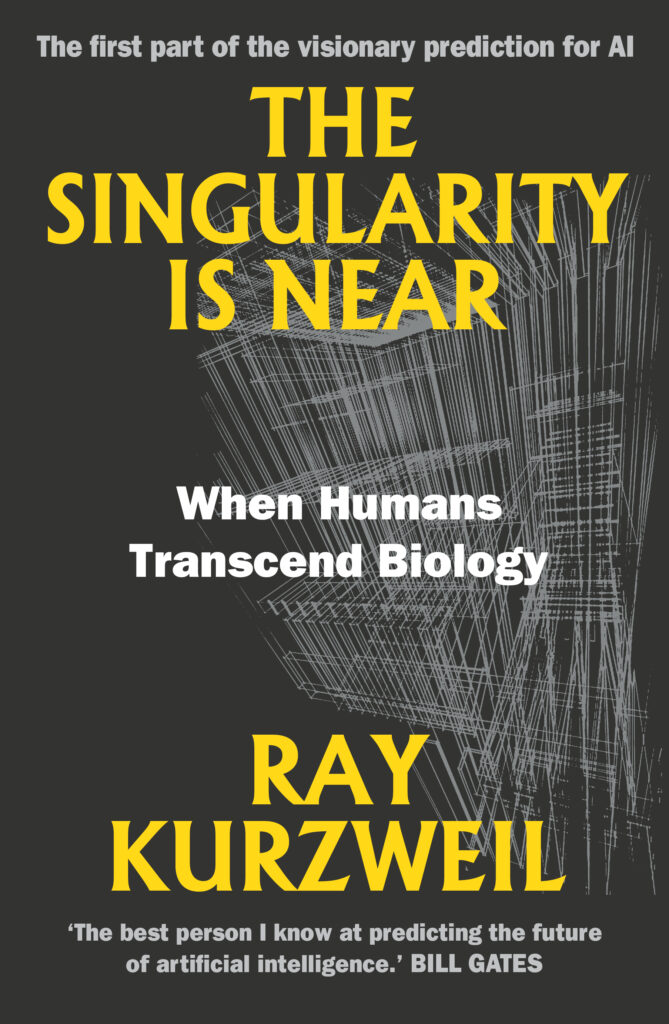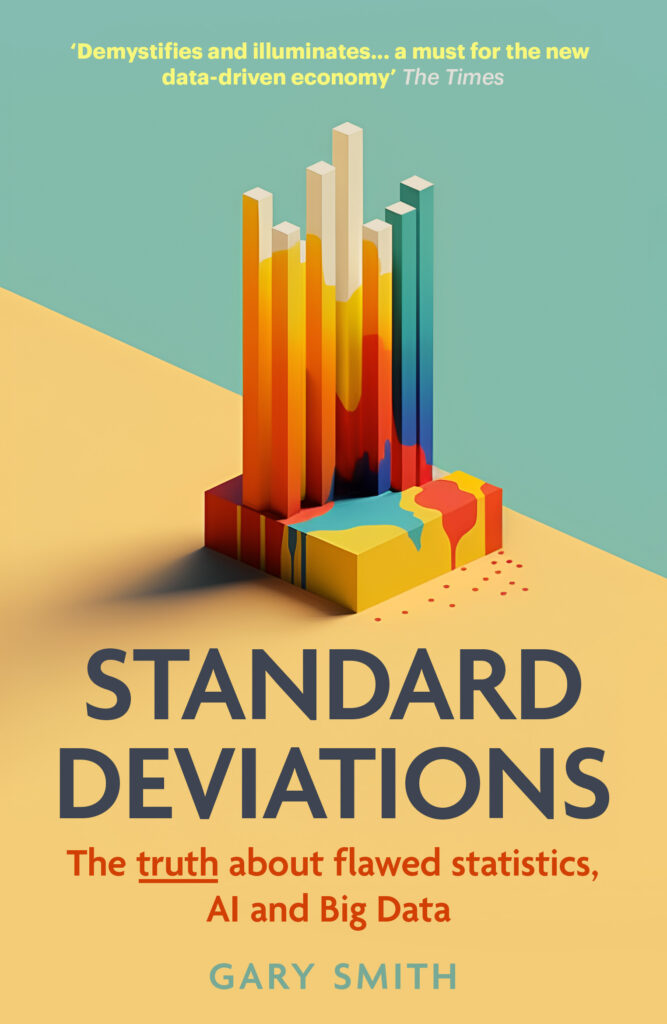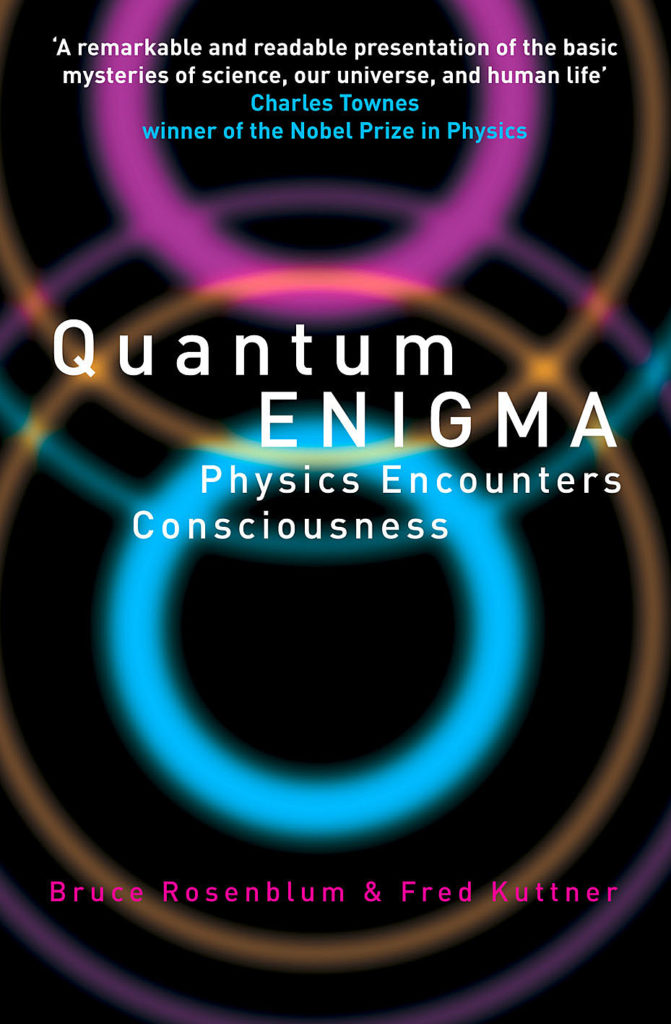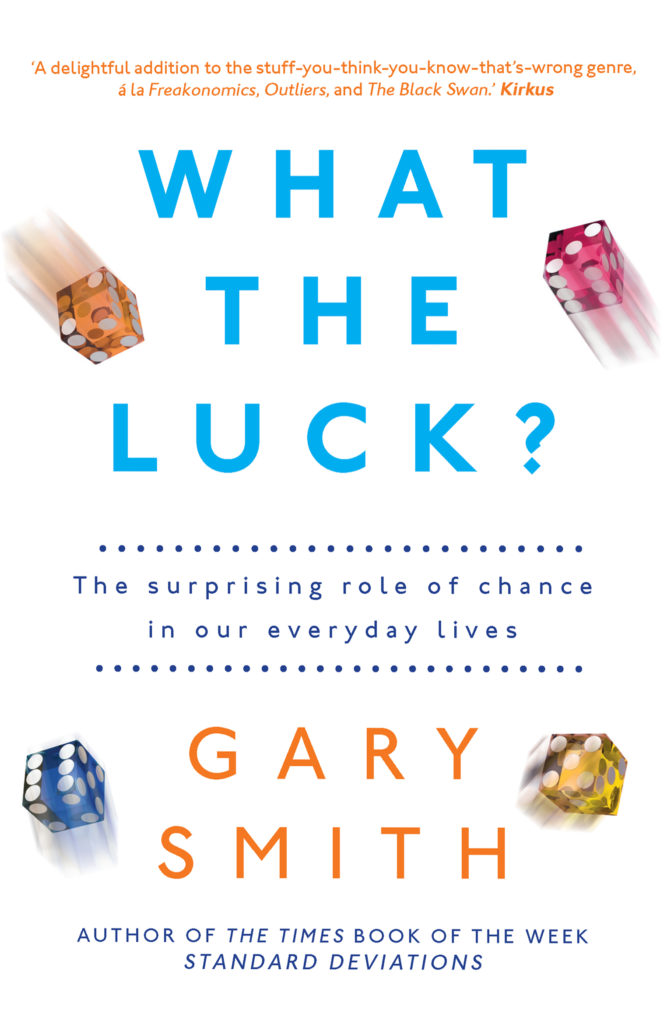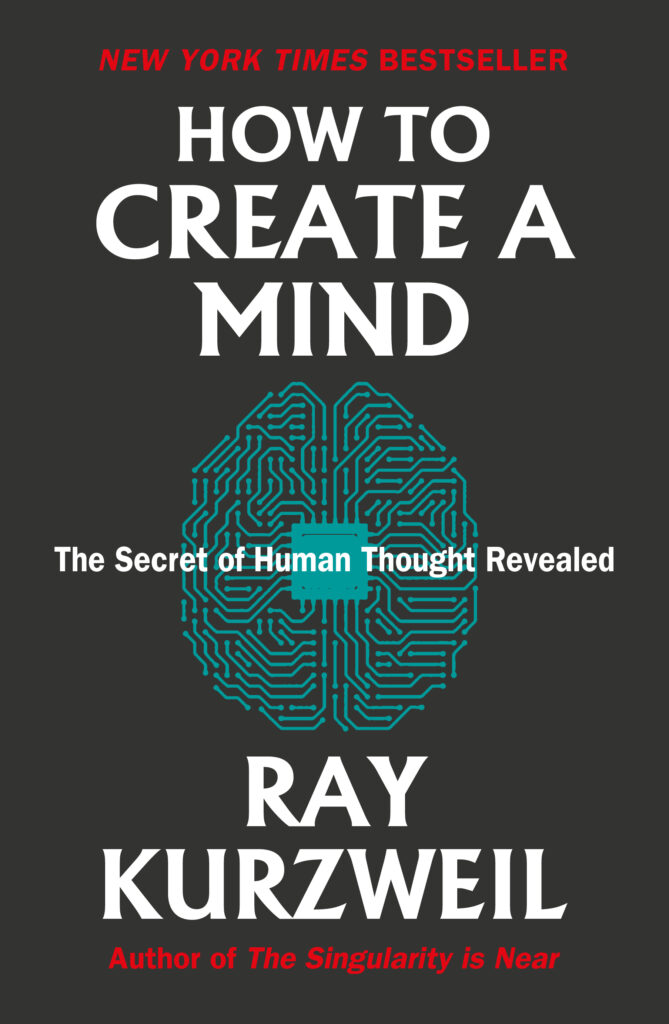
From the world’s preeminent AI futurist: a fascinating account of how mapping the human mind leads to ever more intelligent machines
Ray Kurzweil, described by Bill Gates as ‘the best person I know at predicting the future of artificial intelligence’, offers a provocative exploration of the most important project in human-machine civilisation: reverse-engineering the brain to understand precisely how it works and using that knowledge to create even more intelligent machines.
Kurzweil sets out how the brain functions, how the mind emerges from the brain, and the implications of vastly increased and evolving intelligence in addressing the world’s problems. He thoughtfully examines emotional and moral intelligence and the origins of consciousness and envisions the radical – arguably inevitable – future of our merging with the intelligent technology we are creating, aka ‘the singularity’.
